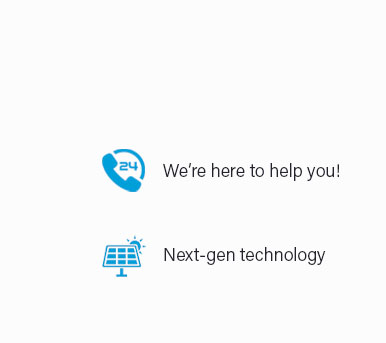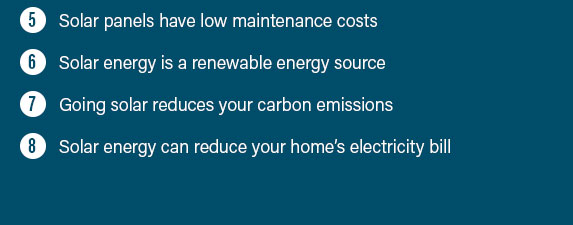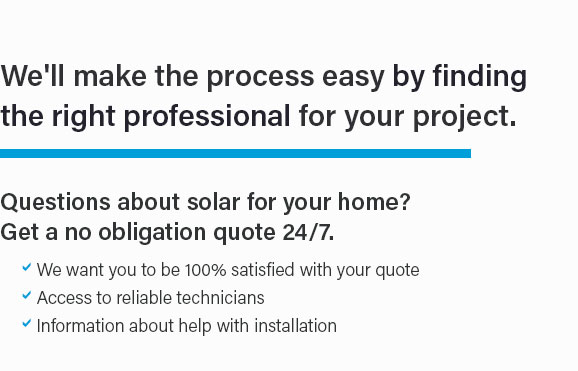 |
 |
 |
 |
 |
 |
 |
 |
 |
 |
 |
 |
 |
 |
|
 |
 |
 |
How to Install Solar Panels for Homes: A Comprehensive GuideIn today's world, where environmental concerns are at the forefront of many homeowners' minds, the decision to install solar panels has become increasingly popular. Not only do solar panels provide a sustainable source of energy, but they also offer the enticing prospect of reducing electricity bills. However, the process of installing solar panels is not as daunting as it might initially seem. In this guide, we'll explore the essential steps and considerations involved in setting up solar panels for your home. First and foremost, it's crucial to assess your home's solar potential. This means examining your roof's orientation, angle, and any potential obstructions like trees or neighboring buildings that might cast shadows. A south-facing roof with a 30-degree tilt is generally considered optimal, but east and west orientations can also be effective. If you're unsure, consulting with a solar energy expert can provide you with a detailed analysis of your home's suitability for solar power. Once you've determined that your home is a good candidate for solar energy, the next step is choosing the right solar panels. There are various types on the market, including monocrystalline, polycrystalline, and thin-film panels, each with its own advantages and disadvantages. Monocrystalline panels, for instance, are known for their high efficiency and sleek appearance, but they can be more expensive. Polycrystalline panels, on the other hand, offer a balance of cost and efficiency, making them a popular choice for many homeowners. After selecting your panels, it's time to consider the installation process. While some homeowners opt for DIY installations, hiring a professional installer is often recommended to ensure that the panels are securely mounted and correctly connected to your home's electrical system. This not only guarantees safety but also maximizes the energy output of your solar setup. One often overlooked aspect of solar panel installation is the local permitting and regulations. Before any installation can commence, you must obtain the necessary permits from your local government. This can vary significantly depending on your location, so it's vital to research and comply with local zoning laws and building codes. Additionally, some areas offer incentives or rebates for solar installations, which can significantly offset initial costs. Once installation is complete, it's essential to regularly maintain your solar panels to ensure they continue to operate at peak efficiency. This includes cleaning the panels to remove any debris or dirt and periodically checking the system for any signs of wear or damage. Most solar systems come with monitoring software that allows you to track their performance in real-time, enabling you to address any issues promptly. In conclusion, installing solar panels is a worthwhile investment that requires careful planning and consideration. By understanding your home's solar potential, selecting the appropriate panels, adhering to local regulations, and maintaining the system, you can enjoy the numerous benefits of solar energy. Not only will you be contributing to a more sustainable future, but you'll also enjoy the financial savings that come with harnessing the power of the sun. In a world where energy efficiency and environmental responsibility are becoming increasingly important, solar panels represent a step towards a brighter, more sustainable future. https://www.reddit.com/r/Washington/comments/17mlydi/hello_all_looking_to_install_solar_panels_on_my/
For the most part yes but it depends on usage, what the cost to install is and it depends on your home. Before they install they do a lot to ... https://www.youtube.com/watch?v=2Apa2WcG9z0
This video is a complete guide to installing solar panels from a DIY homeowner's perspective. I talk you through why I did it, ... https://unboundsolar.com/blog/step-by-step-diy-solar-installation?srsltid=AfmBOopcC3JruyAdm8ZFuKk7EO5XYyLAP0S3OAsEKONKk6-0zSv3EoDA
We've created a comprehensive, step-by-step solar panel installation guide to help you through each stage of the solar installation process.
|